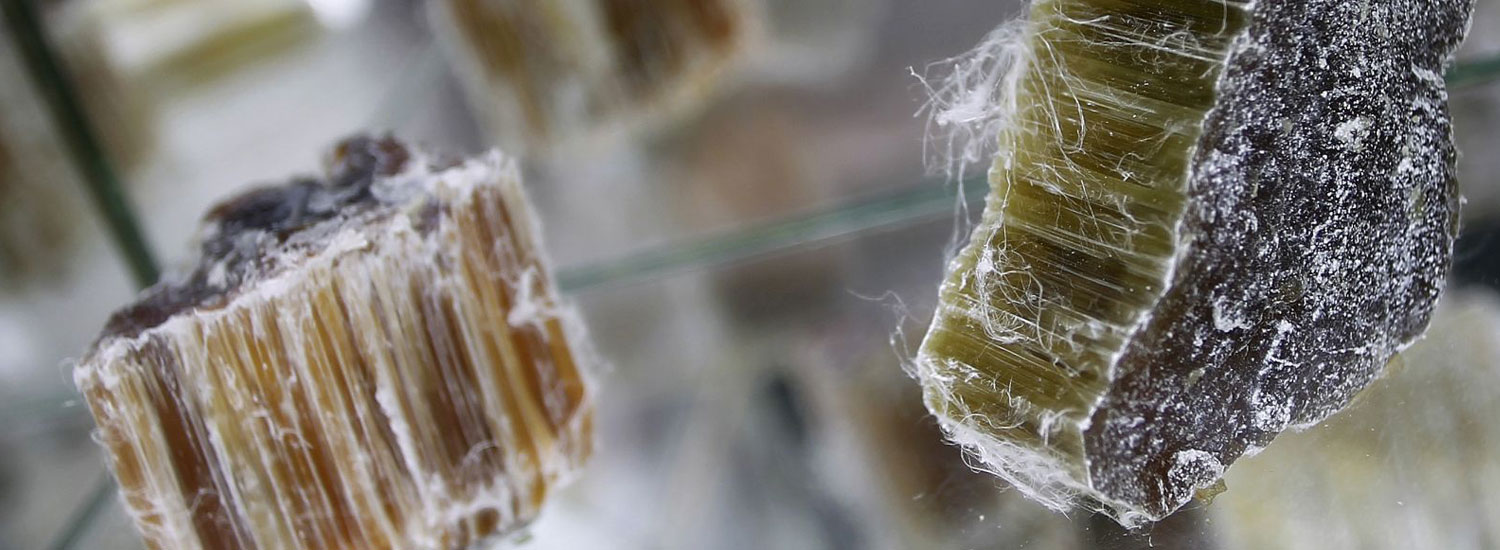A & L Consultancy services are confined to surveys which sets us apart from the rest, as we have no reason to exaggerate the amount of asbestos present like other surveyors do. Our reports are always a true representation of what we discover in your building. In other words, they are CLEAR, CONCISE and ACCURATE. Here is a detailed list of our asbestos services.
Management Surveys
A management survey is the standard survey. Its purpose is to locate, as far as reasonably practicable, the presence and extent of any suspect ACMs in the building which could be damaged or disturbed during normal occupancy and includes an assessment of the condition of the identified ACMs allowing a “duty holder” to manage their building or buildings.
The survey includes a material risk assessment and a priority risk assessment (usage of the area where the ACM’s have been located). Clear and defined review dates are stated within the body of the report based upon the risk assessment.
Refurbishment & Demolition Surveys
A refurbishment and demolition survey is needed before any refurbishment or demolition work or more intrusive maintenance and repair work is carried out. This type of survey is used to locate and describe, as far as reasonably practicable, all ACMs in the area where the refurbishment work will take place or in the whole building if demolition is planned.
The survey will be fully intrusive and involve destructive inspection, as necessary, to gain access to all areas, including those that may be difficult to reach.
This type of survey assumes that all identified ACM’s will be removed (rather than to 'manage' it).
Annual Re-inspection Surveys
As defined within the Control of Asbestos Regulations "The survey guide" 2010 and The Health and Safety at Work act 1974, it is stated that it is the responsibility of the "duty holder" to be responsible for the management of known, identified and presumed asbestos containing materials within their buildings.
The easiest way to do this is to have a re-inspection survey carried out within a 12 month period (maximum time allowance) to re-assess the condition of the ACM’s and update the current information. This allows continued compliance and safe management of the ACM’s.
Management Plans
A & L Consultants Management plans are twofold. Following the completion of an asbestos management survey, your management plan needs to include for how identified ACM’s are to be managed and monitored.
The written management plan includes all legislative required sections including emergency procedures.
A & L Consultants data-base management plan allows for the required elements of each identified ACM’s to be inspected including its re-inspection date and allows an individual view within a pop-up window of each identified Asbestos Containing Material.
Awareness Training
Awareness training is a mandatory requirement as identified in CAR 2012: It is recommended that all employees who are directly or indirectly in control of activities that may affect asbestos-containing materials should receive asbestos awareness training and should have access to the Asbestos Register.
Training requirements can be met by in house bespoke training sessions for delegates.
Project Management
Following on from a site survey it may be a requirement that some of the identified ACM’s require remedial actions or to be removed.
A full and complete project management service if offered through a listing of approved and audited licensed asbestos contractors to allow the remedial works to be completed in a safe manner following all current legislative requirements.
Following the completion of the remedial work the original report data can be updated with electronic links to all relevant information from the remedial works. All stored upon the online asbestos database.












